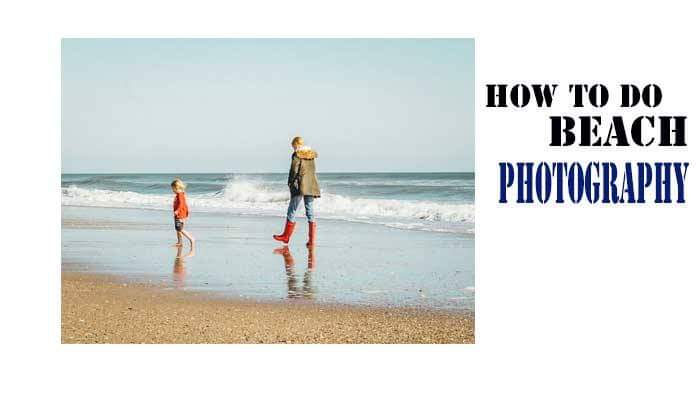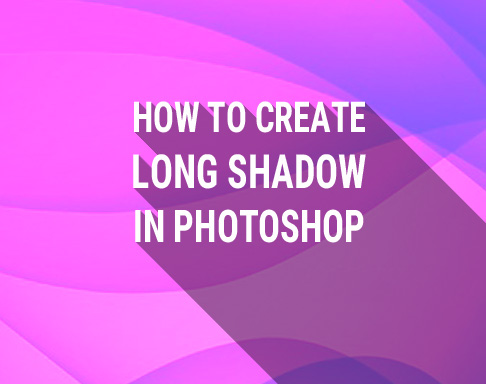Everybody adores the beach, regardless of whether it be a sweltering summer day or a lively walk gathering shells. There’s such a great amount to appreciate at the seashore and significantly more chances to catch stunning photos. Seagulls floating through the sky, waves slamming, and beautiful umbrellas are only a couple of exceptional sights that make beach photography so energizing.
Catching the fervor of a seashore isn’t as simple as you would suspect. Follow our 8 tips to ensure your beach photography meeting conveys wonderful shots!
You can also see these amazing photography tips too –
Always Focus on Focal Point

Pictures of the ocean that have a strong, focal point of convergence will in general be considerably more captivating, and sensational than ones that just element a sky and skyline without much else going on. Search for chances to remember solid central focuses for your pictures, either by incorporating energizing closer view with a wide edge focal point, or searching for a beacon, a herd of winged creatures, a boat, the setting sun, or other inaccessible subtleties to using as a focal point too.
Use Golden Hour for beach photography

One key part of sea photography is realizing when to go. While splendid, bright days may appear the best time, the truth of the matter is that there are ordinarily of days that are perfect for catching sensational pictures. For example, on a sunny morning, early morning and night – generally known as the golden hour, is probably the best an ideal opportunity for sea photography; the brilliant light discovered during this time throws a delightful shine that can make for some excellent and emotional pictures.
Get the Gear and Lens Cloths

When you go to a beach to click beach photography, you have to get your gears and lenses right. There are chances for the gear and lens to get the sparkle of water of sand which will damage the gadgets. You have to go with protection to save your gears. The best thing would be taking gear and lens cloths along with you so that you can cover the gear and lens with the cloths for the purpose of protecting those.
Use Wide Angle Lens

A beach and sea consist of a wider area. You definitely cannot cover the whole area with a prime lens. To click the wider view, you need to use a wide-angle lens. You can cover a large area and click with your camera using a wide-angle lens. You will get some great shots if you use a wide-angle lens in photographing the beach.
Take some details

There is so much to explore on the beach. From the sand beneath your feet to rock pools full of marine critters. Even footprints in the sand can make an even better leading line into whatever you’re photographing in the distance. Wherever possible, keep your eye open to find any little details to capture. Beaches mean beautiful landscapes and wide-angle shots, but don’t forget to look under your nose. Changing from wide-angle to close-ups.
Avoid crowds in beach photography

Being alone on the beach is a dream but it’s not quite possible. However, having the beach all of you is not so common. Here’s what to do to avoid crowds. The first thing is to find out the busiest hour at the beach and avoid it. Usually, people go to the beach at mid-morning. Sunrise and mid-day are less crowded and sunrise is the best time to shoot because of the golden light. Always keep in mind that if you chose mid-day, you’ll get the hard light and undesirable shadows as there’ll be a lot of people.
Use a tripod for beach photography

Tripods have their place in every camera gear kit and for good reason. Tripods are the only way to utilize different shutter speeds and retain excellent photos quality. Setting a tripod is usually a quite easy task but putting in stand on the sandy ground is not so easy. Tripods add weight and bulk to your camera gear set but don’t underestimate the utility of a quality tripod.
Use flash for beach photography

Using flash in beach photography sounds strange but yes sometimes it is very necessary. If you’re taking a portrait on the beach and there are too many shadows on the faces of your subjects, try using flash for fill light. This will help to illuminate them against the very bright backdrop. It’ll also result in better exposure, balancing all of the ambient light that is being reflected by the sand, ocean, and sky.
Conclusion
Beach photography is always fun. Try to create some creativity to make it more worthy. Beach photography tips are very important. You can also take some photo editing services from clippingpathexperts.com.







